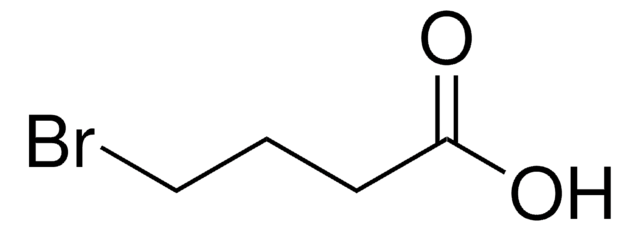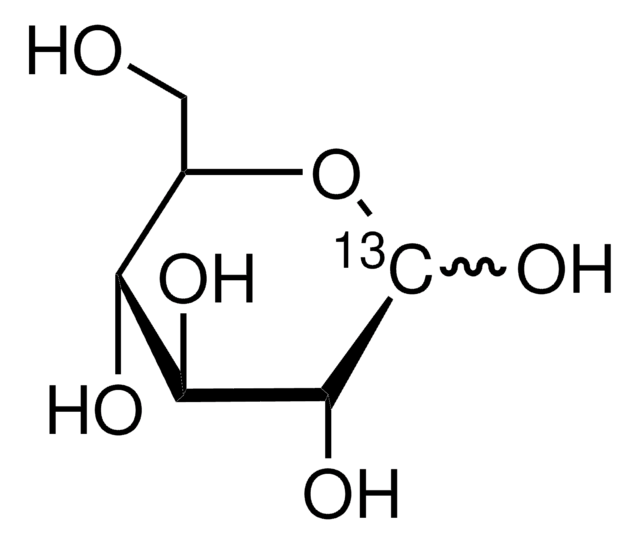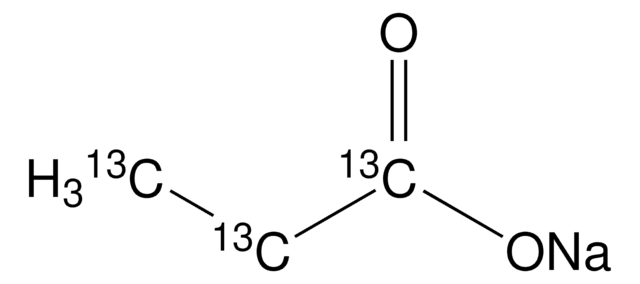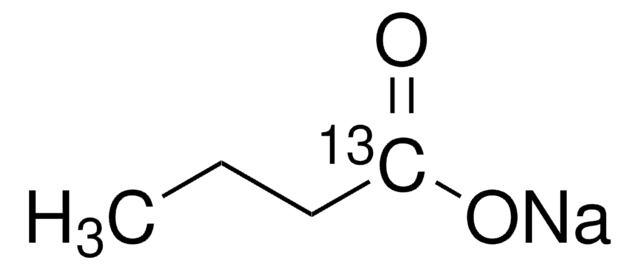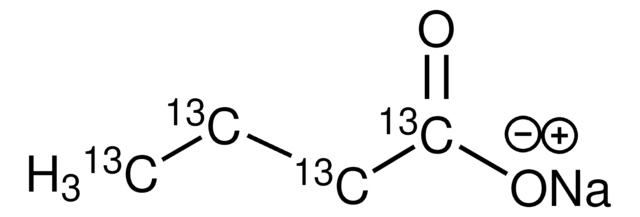282014
Sodium acetate-13C2
99 atom % 13C
Sinónimos:
13C Labeled acetic acid sodium salt, 13C Labeled sodium acetate, Acetic acid-13C2 sodium salt
About This Item
Productos recomendados
pureza isotópica
99 atom % 13C
Nivel de calidad
Formulario
powder
técnicas
bio NMR: suitable
protein expression: suitable
mp
>300 °C (dec.) (lit.)
cambio de masa
M+2
temp. de almacenamiento
room temp
cadena SMILES
[Na+].[13CH3][13C]([O-])=O
InChI
1S/C2H4O2.Na/c1-2(3)4;/h1H3,(H,3,4);/q;+1/p-1/i1+1,2+1;
Clave InChI
VMHLLURERBWHNL-AWQJXPNKSA-M
¿Está buscando productos similares? Visita Guía de comparación de productos
Categorías relacionadas
Envase
Código de clase de almacenamiento
11 - Combustible Solids
Clase de riesgo para el agua (WGK)
WGK 1
Punto de inflamabilidad (°F)
Not applicable
Punto de inflamabilidad (°C)
Not applicable
Equipo de protección personal
Eyeshields, Gloves, type N95 (US)
Elija entre una de las versiones más recientes:
¿Ya tiene este producto?
Encuentre la documentación para los productos que ha comprado recientemente en la Biblioteca de documentos.
Los clientes también vieron
Artículos
Solid-state NMR on Larger Biomolecules; Sigma-Aldrich.com
Sigma-Aldrich.com presents an article concerning MRI/MRS and the use of isotopes in hyperpolarization.
Dynamic Nuclear Polarization (DNP) is a phenomenon by which high spin polarization, typically derived from a bath of free radical electrons, is transferred to a nuclear spin bath, enhancing the difference between the nuclear energy levels and thereby producing dramatically enhanced NMR signals for detection.
Global Trade Item Number
| Número de referencia del producto (SKU) | GTIN |
|---|---|
| 282014-1G | 4061826226056 |
| 282014-250MG | 4061833279151 |
Nuestro equipo de científicos tiene experiencia en todas las áreas de investigación: Ciencias de la vida, Ciencia de los materiales, Síntesis química, Cromatografía, Analítica y muchas otras.
Póngase en contacto con el Servicio técnico



